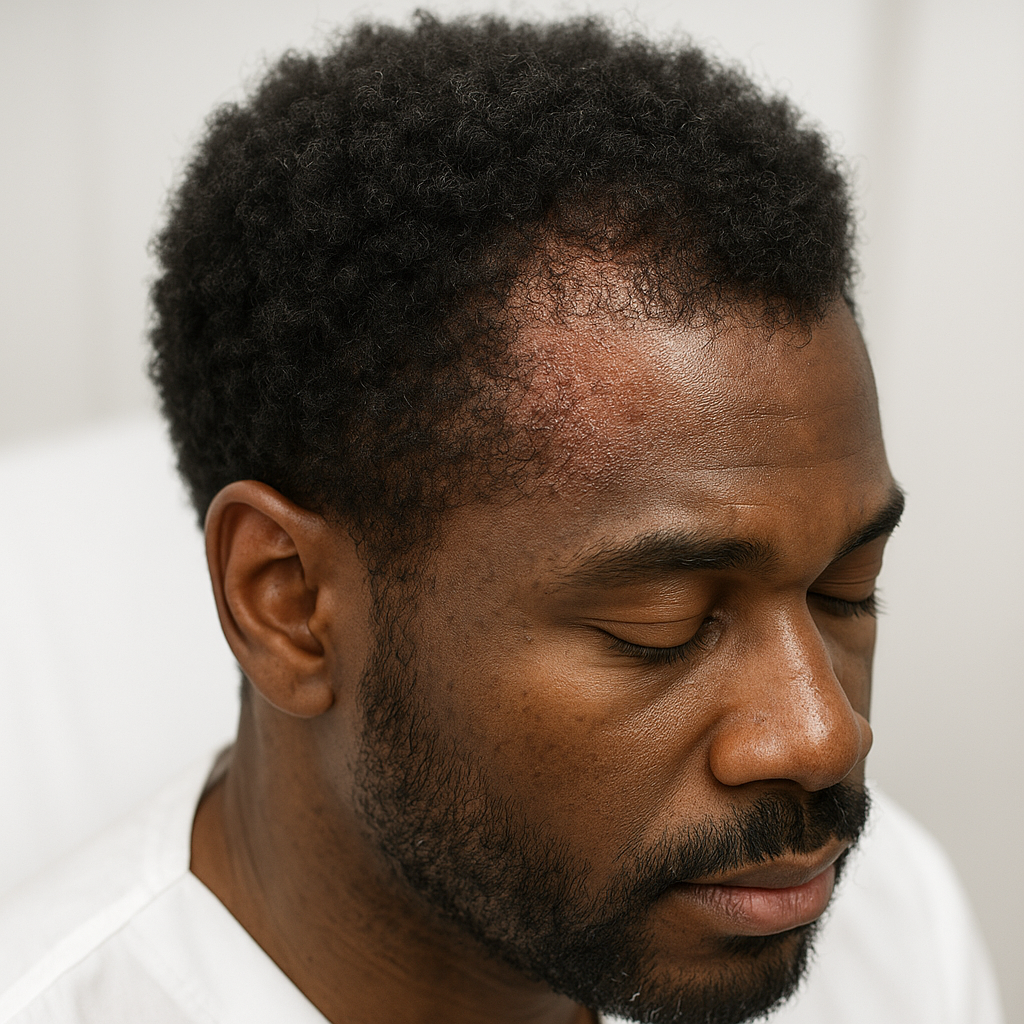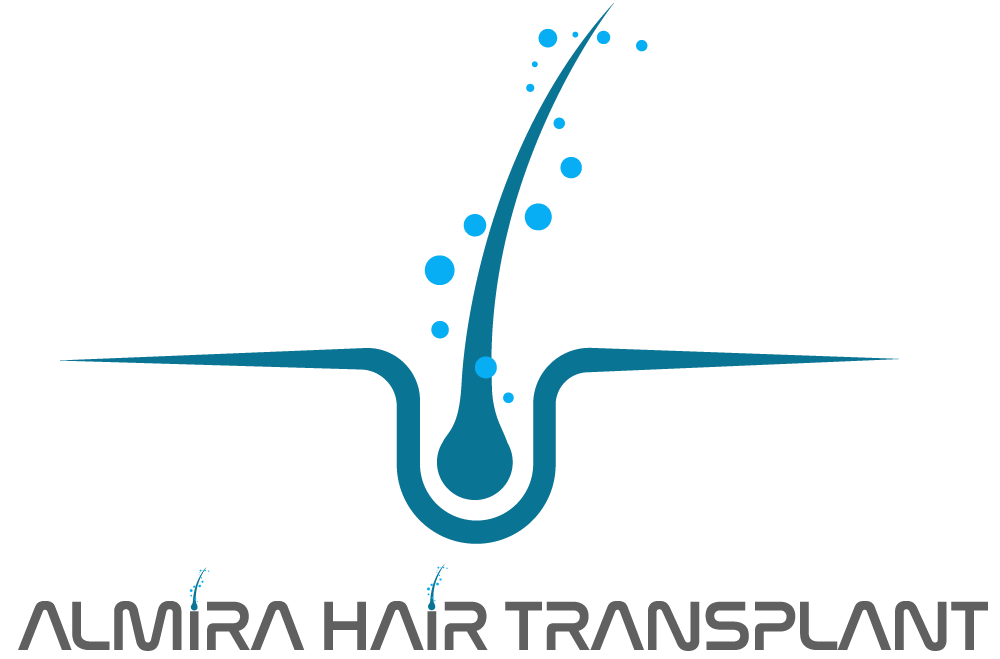Shock Shedding in Afro Hair: How Intense Is It?

Shock Shedding in Afro Hair: How Intense Is It?
One of the most common concerns after a hair transplant is the shock shedding phase. This process occurs in all hair types and is a completely normal part of recovery. However, for individuals with Afro-textured hair, the unique characteristics of the hair follicles — curly, coiled, and dense — can make shock shedding appear more intense and last slightly longer. In this article, we’ll explain why shock shedding happens, how severe it can be in Afro hair, and how to manage it effectively.
What Is Shock Shedding?
Shock shedding is the temporary loss of the transplanted hair shafts following a hair transplant procedure. It usually occurs between the 2nd and 6th week after surgery.
-
Only the visible hair strands fall out; the roots (follicles) remain intact.
-
It is a natural part of the follicles’ adaptation to their new environment.
-
Once the shedding phase ends, new hair begins to grow from the same follicles.
In short, this process is not permanent hair loss, but rather a transitional phase in which the scalp renews itself.
How Afro Hair Affects Shock Shedding
Afro hair is structurally very different from straight or wavy hair.
-
The follicles are curved and coiled,
-
The hair strands are thicker,
-
The growth angle is flatter to the scalp.
Because of these unique features:
-
The curly strands make the shedding appear more noticeable, as each hair has greater volume.
-
The follicles’ curved growth pattern can cause the shedding phase to last a bit longer.
-
Afro scalps are often denser and tighter, which can slightly delay the emergence of new growth.
In summary, shock shedding in Afro-textured hair can appear more dramatic, but it is entirely normal and temporary.
How Intense Is the Shedding?
The intensity of shock shedding varies by individual, but in Afro hair, it generally follows this pattern:
-
Shedding may affect 50% to 80% of the transplanted hairs.
-
It is most intense during the first 3–4 weeks.
-
The process typically subsides over 6–8 weeks.
In some Afro hair transplants, the process may take up to 2 months due to the structure of the follicles. However, this does not affect the final success of the transplant.
Key Considerations During the Shedding Phase
Shock shedding in Afro hair is a natural stage, but proper care helps ensure optimal recovery:
-
Stay calm: The shedding is temporary; the roots remain healthy.
-
Protect the scalp: Avoid direct sunlight, dust, and physical impact during the first weeks.
-
Avoid smoking and alcohol: They reduce oxygen and blood flow, slowing down follicle recovery.
-
Follow washing instructions carefully: Use only mild shampoos and avoid rubbing the scalp.
-
Support recovery with supplements or PRP treatments: These can enhance blood circulation and follicle nutrition.
Because Afro follicles are usually deeper within the scalp, the healing and regrowth phases may take slightly longer compared to straight hair.
Regrowth After Shock Shedding
Once the shedding phase is complete, the follicles enter a new growth stage:
-
The first new hairs typically appear around the 3rd month.
-
By the 6th month, noticeable thickness begins to develop.
-
Around the 12th month, the hair achieves its final density and texture.
For Afro-textured hair, the regrown strands are typically thicker, curlier, and more voluminous, resulting in a naturally fuller look.
Conclusion
Shock shedding in Afro-textured hair may seem more intense because of the hair’s coiled and dense structure, but it is a normal and necessary step in the hair restoration journey. Even if the shedding looks significant, the follicles remain active and will regrow stronger, healthier hair in a few months.
With the right care, patience, and professional follow-up, this phase can be managed smoothly. Remember: shock shedding is not the end of your new hair — it’s the beginning.


